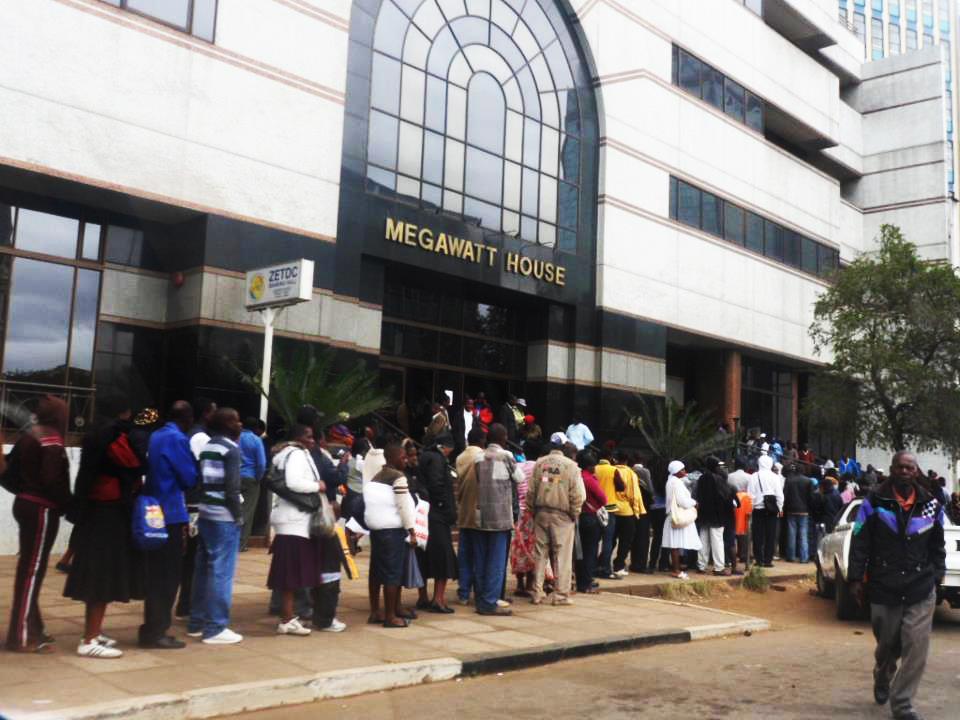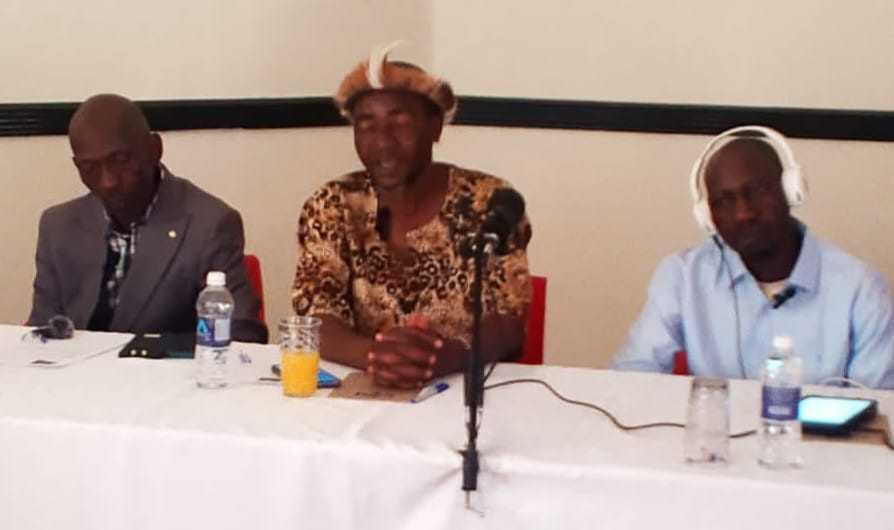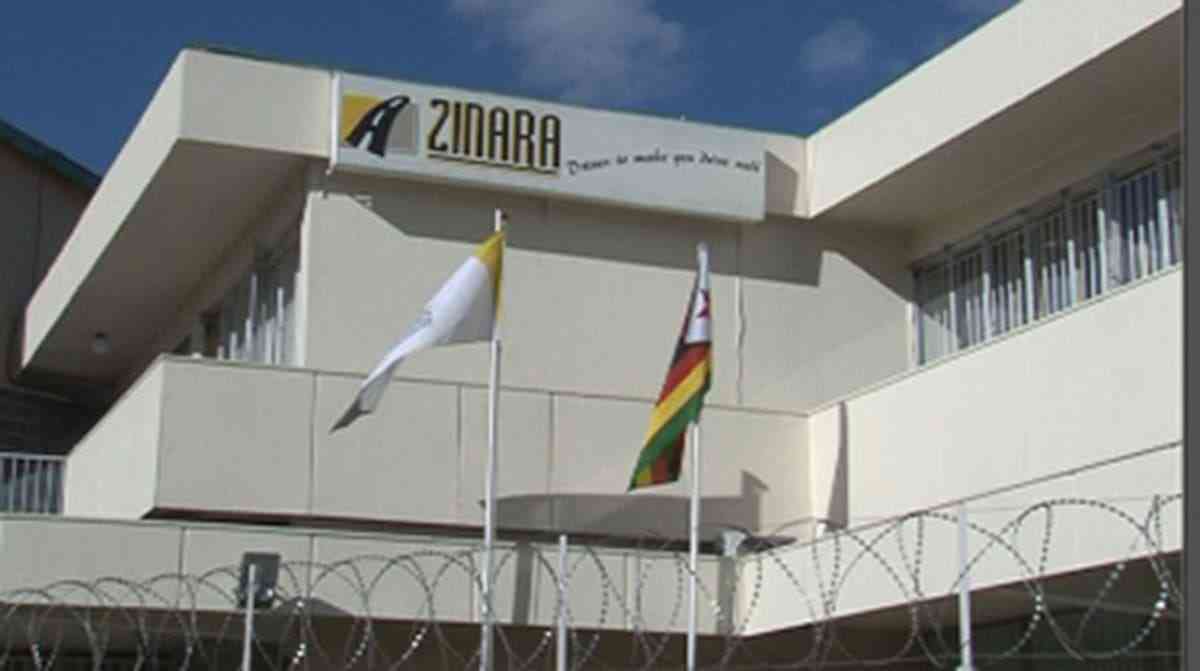
Severe power cuts that have rocked the country for the past three weeks will further put a strain on already struggling consumers and industries.
by VICTORIA MTOMBA
Most residential areas are going for more than 10 hours without power, exceeding the normal load-shedding schedule.
Home industries such as Siya-so in Mbare are some of the hardest hit resulting in traders losing thousands of dollars’ worth of business every day.
Harare Resident Trust director Precious Shumba said numerous complaints have been raised by residents outraged by the never-ending power cuts.
“Load-shedding has become a nightmare across suburbs and it’s now for more than nine hours per day. In some suburbs power goes as early as 5am and comes back at around 9pm,” Shumba said.
He said Zesa and the Minister of Energy, Dzikamai Mavhaire should publicly explain the latest power crisis to avoid speculation among citizens.
Most households have now resorted to more expensive alternative sources of energy such as gas, firewood and paraffin for cooking.
- Chamisa under fire over US$120K donation
- Mavhunga puts DeMbare into Chibuku quarterfinals
- Pension funds bet on Cabora Bassa oilfields
- Councils defy govt fire tender directive
Keep Reading
Combined Harare Residents Association (CHRA) advocacy and information co-ordinator Tendai Muchada said power cuts have increased the burden on residents as they have to improvise and resort to other sources of energy.
“Some appliances are being damaged due to the power cuts and many domestic chores are disrupted due to these power cuts. Zesa has not notified us on the load-shedding that has been going on,” Muchada said.
Energy expert Martin Manhuwa said there was need to support Independent Power Projects to mitigate power shortages using other sources such as solar.
“We have a lot of sunshine. Power cuts are disruptive to general events and do not reflect a sign of good customer care,” he said.
A Confederation of Zimbabwe Industries (CZI) official said the organisation would this week meet with the Zimbabwe Energy Regulatory Authority to discuss the issue of load-shedding.
“We have received complaints but they are not as many as they used to be in the past. We are meeting with Zera next [this] week to discuss the issue of power cuts,” the official said.
Many companies, according to the business lobby group, invested in standby generators which were expensive to run but allowed them to continue production.
Zimbabwe Electricity Transmission and Distribution Company managing director Julian Chinembiri told The Standard on Friday that the current power cuts were meant to provide more electricity to farmers.
“We have diverted power to wheat farmers and the season [winter wheat] ends mid-October. We are giving the farmers close to 200 megawatts and we have also increased the power we give Sable Chemicals to 60 megawatts from 40 megawatts,” he said.
Sable Chemicals requires 115 megawatts per hour to run its plant at 100% capacity but the company was receiving 40 megawatts that was adequate for four units. Sable Chemicals has been failing to service its debt to Zesa due to various challenges that it has been facing.
Chinembiri added that one of the six units at Kariba was under care and maintenance.
“Each generator at Kariba produces 133 megawatts so the one that is under care and maintenance has resulted in a loss of power of 133 megawatts to the grid. We hope by October 4 2014 it will be working,” he said.
Zimbabwe Commercial Farmers’ Union president Wonder Chabikwa confirmed that this was the first time the power utility had prioritised wheat production.
“We have been receiving power 100% every day. We expect our yields to be four tonnes per hectare,” he said.
Chabikwa said the farmers were starting to harvest the wheat that they planted in May.
Zimbabwe produces 1 200 megawatts of power against a demand of 2 200 megawatts per day. The country supplements the power deficit with imports from other countries in the region.
Zimbabwe has not been able to invest in new power generation for over 20 years, which has resulted in more demand for power compared to the supply side which has been on a downward trend.










